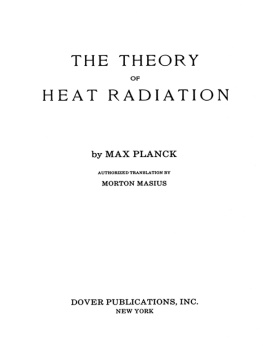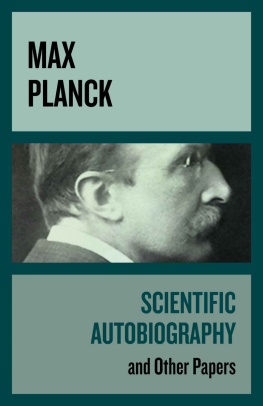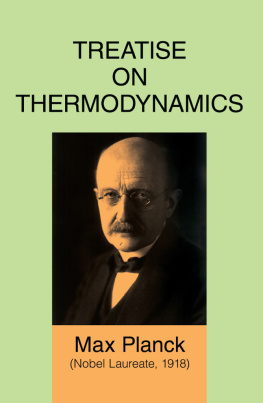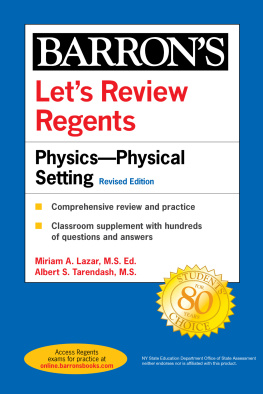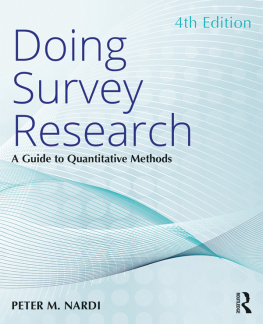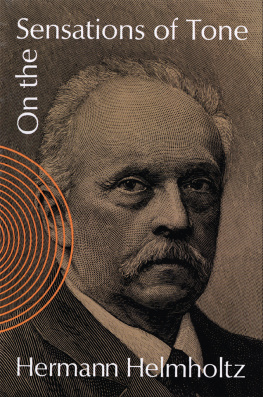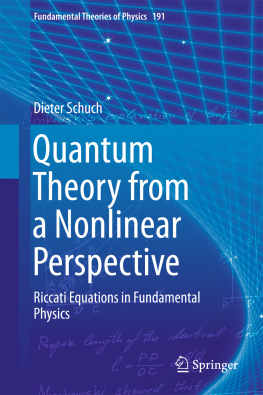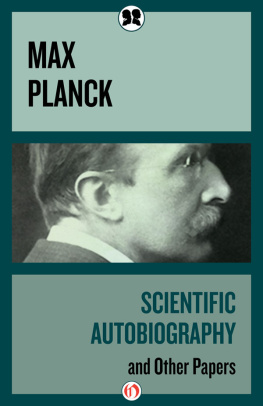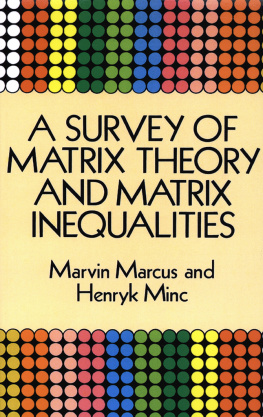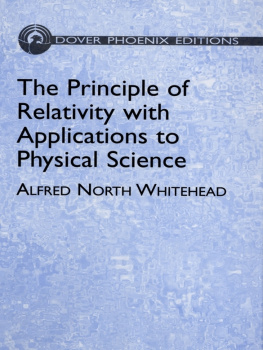A Survey of Physical Theory
(Formerly Titled: A Survey of Physics)
By
MAX PLANCK
Translated by
R. Jones and D. H. Williams
DOVER PUBLICATIONS, INC. NEW YORK
Published in the United Kingdom by Constable and Company Limited, 10, Orange Street, London W. C. 2.
This new Dover edition, first published in 1960, is an unabridged and unaltered republication of the English translation published under the title: A Survey of Physics. It is republished by special arrangement with Methuen 8c Co., Ltd.
This edition designed by Geoffrey K. Mawby
Manufactured in the United States of America
Dover Publications, Inc. 180
Varick Street
New York 14, N. Y.
Preface
The surveys of physics which I have endeavoured to give on several occasions during recent years, are now collected in chronological order in the following pages.
Since it was my intention that the essays should reach a wider circle of readers in due time, I am now publishing them in an almost unaltered form without much fear of seriously contradicting myself, at least on physical questions. With regard to my occasional references to psychology, my own views have been accepted in certain circles, but they have been severely criticized in others. I do not intend to reply to the criticisms here, but I would ask my critics not to consider that due to inability or contempt. Perhaps an opportunity will present itself elsewhere.
The Author
Contents
The Place of Modern Physics
in the Mechanical View of Nature
[Page vii]
A Survey of Physical Theory
The Unity of the Physical Universe
In endeavouring to claim your attention for a short time, I would remark that our science, Physics, cannot attain its object by direct means, but only gradually along numerous and devious paths, and that therefore a wide scope is provided for the individuality of the worker. One works at one branch, another at another, this one applies one method, that one another, so that the physical universe with which we are all concerned appears in different lights to different workers. Still, I hope to be able to claim your interest when I attempt to present to you the leading features of the physical universe as I see it in the observations and experiments at my disposal, and as it will probably be developed in the future.
I
As long as Natural Philosophy exists, its ultimate highest aim will always be the correlating of various physical observations into a unified system, and, where possible, into a single formula. For this, two different methods are available, methods which are often at variance with one another, but which more frequently mutually correct and assist one another, particularly when applied to the same purpose by one investigator. The earlier method considers isolated observations easily generalized, and places a single conception or theorem in a central position, and then tries to include in it, with more or less success, all the manifestations of Nature. It was in this way that Thales von Milet, Wilhelm Ostwald, and Heinrich Hertz placed water, energy, and the principle of the most direct path respectively in the central position of the physical universe in which all physical facts are related and find an explanation. [Page 1] [Page 2]
The other method is more circumspect, less assuming and more reliable, but for a long time it had not the force of the first method, and so did not come into its own until much later. It renounced provisionally all claim to finality, and at first only followed those lines which appeared to have been completely established by direct experiment, leaving their further extension to later investigators. The best example of this is found in Gustav Kirchhoffs well-known statement of the function of mechanics, namely, that it is a description of all known motions. Each method supplements the other, and in no case can physical research ignore either.
However, I do not wish to talk to you about these duplicate methods of science. I would rather direct your attention to the more important questions as to whither these individual methods have led us, and to what goal they are likely to lead us. That physics in its development has really advanced, that we have learnt to know Nature appreciably better each decade cannot be seriously denied to-day by anybody. This is proved by a glance at the constant increase in the number and significance of the methods employed, methods which man investigates in order to make use of Nature for his own ends. But in what direction does this advance proceed as a whole? How far can we say that we are actually approaching the goal we seek, namely, the unified system? The answers to these questions must be of the greatest importance to every physicist who studies the progress of his science. When we are in a position finally to answer them we shall also be in a position to consider the broader question, much discussed to-day, as to what is the fundamental meaning of the so-called physical universe to us. Is it merely a practical, though fundamentally arbitrary, creation of our imagination, or are we forced to the opposite conception that it reflects real natural phenomena independent of us?
In order to realize in what direction the extension of physical science is moving, there is only one method of procedure. The conditions prevailing to-day must be compared with those of an earlier time. One asks further, what external criterion is possible in order to give the best characteristic of the state of development of a science? I can suggest nothing more general than the [Page 3] manner in which a science defines its fundamental conceptions and classifies its various branches. For the latest and most mature results of research must be embraced in rigid and convenient definitions, and by a suitable classification of subjects.
Let us now consider how physics has fared in this connection. We perceive at once that physical research in all its branches deals with practical requirements, or with particularly striking phenomena. The initial classification of physics and the designation of its individual branches are decided according to the point of view taken. Thus geometry arose out of geography or land surveying, mechanics from engineering, acoustics, optics, and heat from the respective sense-perceptions, electricity from the remarkable results obtained by rubbing amber; and the theory of magnetism from the striking properties of iron ore found near the town of Magnesia. Thus the physiological element affects all physical definitions if all our observations be associated with our sense-perceptions; in short, the whole range of physics, its definitions as well as its entire structure, bears, in a certain sense, an anthropomorphous character.
How different from this is the picture which modern theoretical physics presents to us! First of all, the whole gives us a much more uniform impression, the number of different divisions has been considerably diminished as the allied branches have been fused together. Thus acoustics is completely absorbed in mechanics, magnetism and optics in electro-dynamics, and these simplifications are accompanied by a striking severance from the human elements in all physical definitions. What modern physicist thinks of rubbed amber when considering electricity, or, when dealing with magnetism, thinks of the small Asiatic town where the first natural magnet was found? Further, the sense-perceptions have been definitely eliminated from physical acoustics, optics, and heat. The physical definitions of sound, colour, and temperature are to-day in no way associated with the immediate perceptions of the respective senses, but sound and colour are defined respectively by the frequency and wavelength of oscillations, and temperature is measured theoretically on an absolute temperature scale corresponding to the second law of thermo-dynamics, or, in the [Page 4] kinetic theory of gases, as the kinetic energy of molecular motion. In practice it is measured by the variation in volume of a thermometric substance, or by the deflection of a bolometer or thermocouple. It is in no way described as a feeling of warmth.


